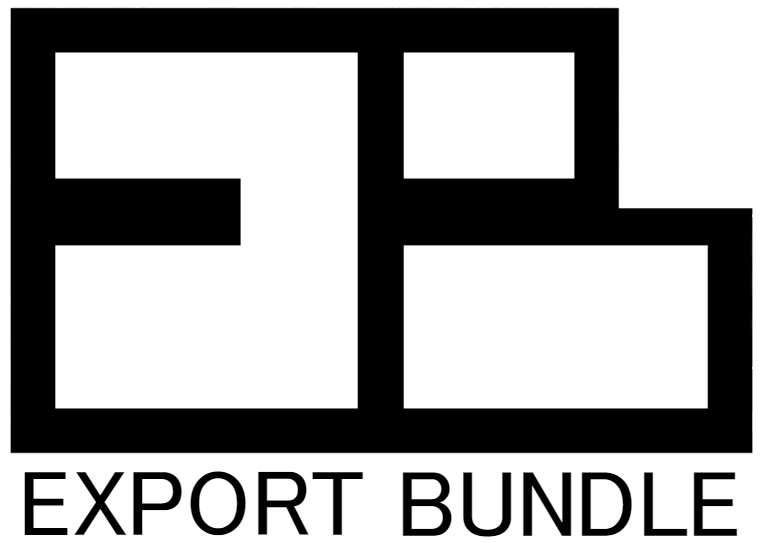This week The Association of Internet Commerce Companies will be advising to the Russian customs authorities to start opening at least 5% of packages, coming from abroad. The association is planning on holding a closed conference meeting with the Federal Customs Service representatives on January 20. This measure, according to the association, is necessary to identify and destroy counterfeit products entering Russia. However, this idea was not supported by the local internet shops, who respectfully stated that the inspection must take place prior to shipment. Foreign Internet platforms effectively deal with it, and the initiative will only increase the burden on the end users, who will end up paying for everything.
Customs official discarding illegally imported sliced beef - Reuters
The Russian customs officials put incoming mail through X-ray machines at the international mail exchange hubs. For further screening, customs officers are required to open suspicious packages in the presence of witnesses. However, the Russian Federal Customs House does not set standards on how the routine of opening the packages should be conducted.
Following the reports, provided by the National Association of Mail Ordering and Distance Selling and Data Insight, the total number of packages that came in to Russia in 2015, is 155 million (7% increase compared to 2014), with 26 million Russians shopping online, the market size of Russian e-commerce grew to $14.5 billion, and China accounted for 80% of that market. The reason behind it is always the price, - the average value of orders from China are $36.
In the first nine months of 2015 the customs detained 14.2 million units of counterfeit goods at the value, equivalent to 7 million US dollars, - nearly 50% more than in 2013 and 2014. It led to investigating 721 cases, 699 of which were based on the violation of trademarks, and 22 for violation of copyright rights
Bulldozer destroying illegally imported food in Belgorod, Russia - Reuters
According to the Administrative Code of Russia, the sale of counterfeit goods is a criminal and administrative offense. The unlawful use of a trademark involves fines equivalent to $4,000, and up to two years of imprisonment, with the confiscation and destruction of the items. Offenders can face additional fines for misleading about the authenticity of the product. Business entities are charged with the higher penalties.
The Association of Internet Commerce Companies suggests that the consumer, who has no way of knowing whether he/she is buying a counterfeit product does not face charges. The association finds it meaningful to have the manufacturer's representative called in for the inspection, and upon determination of the product being fake, confiscate and destroy it. The consumer, in that case, would have to resolve the issue with the company, who sold the product.
There might be other challenges, like the seller is outside the jurisdiction of the Russian Federation, then the association of e-commerce offers to partner with the competent authorities of that territory, following through with the prosecution in accordance with local and international regulations. In other words, the supplier is the one we should be after, if we want to fight counterfeiting much more effectively.




Find out how My Shopper program can help you purchase products in the U.S. that are limited to the local Americans only.